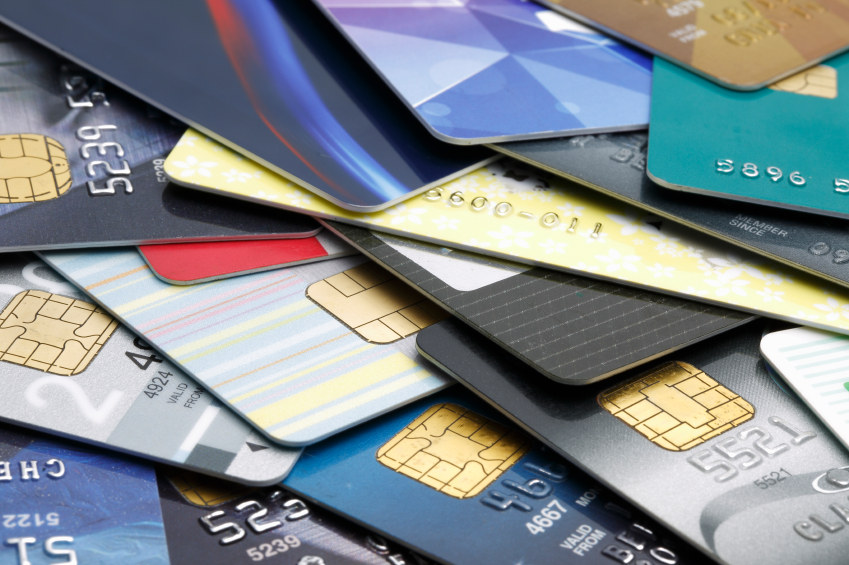Large credit limits let cardholders plan their finances better. They can lower their credit utilization, increase their credit scores, access interest-free short-term loans, and build an emergency fund.
Personal finance experts quickly tell their clients to stay away from credit cards, and they believe that nothing good can come from them.
That advice mentioned above is half-true. Using credit cards properly can be an effective personal financial planning tool, especially for moderate-to-low-income earners who often rely on payday and other predatory lenders for their financial needs.
How Do Credit Card Companies Make Money?
Credit card issuers make money in different ways, including interest fees charged to cardholders, transaction fees paid by merchants, and more.
Wall Street insiders love to say that “credit card is the only best business left in Wall Street.” Despite the COVID-19 pandemic and the resulting recession, credit card companies profited $176 billion in 2020.
JPMorgan Chase earnings show that credit card sales volume went up 26% in the third quarter of 2021. On the earnings call, Jamie Dimond, the multinational holding company CEO, said that “The consumer is in great shape, and capitalism works.”
Below is a breakdown of how credit card issuers earn their billions:
Interest Income is earned when cardholders don’t pay their balance in full each month.
Wall Street insiders claim that credit card is the best business left in finance because the average credit card interest in 2021 is nearly 20%, and it compounds daily.
Cash advance fee is usually between 3% and 5%. Credit cardholders can get cash quickly, but it’s one of the costliest ways to access some money.
On top of the cash advance fee, credit card issuers often charge a higher interest rate on cash advance balances.
Balance Transfer fee is usually between 3% and 5% of the total balance being transferred. Credit cardholders love balance transfers because they often offer a 0% introductory APR on them up to 21 months.
Annual fee is the year charged by banks and financial institutions to customers to use their credit cards. The Centurion Card from American Express, the Amex Black Card, has the highest annual fee at $5,000.
Penalty fees are imposed when cardholders don’t pay their bills on time and go over their credit limit.
Interchange income is the money the credit card issuers earn each time credit cardholders swipe their credit cards. The merchant or the business pays the credit card issuer a small percentage of each transaction or swipe.
Large Credit Limits for Personal Financial Planning
To effectively use credit cards for personal financial planning, your credit card company should make money off of you only from the interchange income, and you should get as much as a 2% discount on your non-discretionary expenses.
The Wells Fargo Active cash offers unlimited 2% cash rewards on purchases.
A typical household with a total of nondiscretionary expenses of $3,000 a month or $36,000 a year can earn $760 ($36,000 x 0.02) in cashback.
The cardholder can use that money to start building an emergency fund or pay down debt. Again, a cashback reward is worth it only if you use your credit card for things you need.
You have to have a credit card with a large enough credit limit to put all expenses on it and pay it off in full every month.
Using the hypothetical total monthly non-discretionary expenses example above, your credit limit needs to be around $10,000 ($3,000/.30%) or above. On-time payments and a low credit utilization will help increase your credit scores.
Cashback credit cards usually approve consumers for large limits since the credit card company knows that the client wants to spend and earn as much cash back as possible.
Best Ways to Use Credit Cards
Using credit cards properly means having a personal financial budget, using less than 30% of your total credit limit, and paying your bills on time.
Large credit limits can only be used as an effective tool for personal financial planning if you avoid conspicuous consumption.
Credit cardholders who use their credit cards for nondiscretionary expenses such as housing, groceries, utilities, and taxes gain the most from credit cards. They earn cash, point, and travel rewards for expenses that are deemed necessary.
